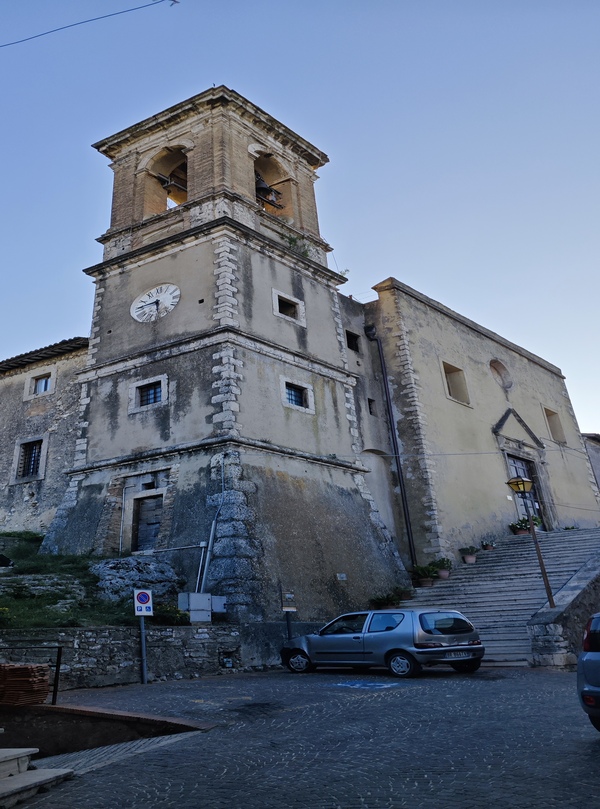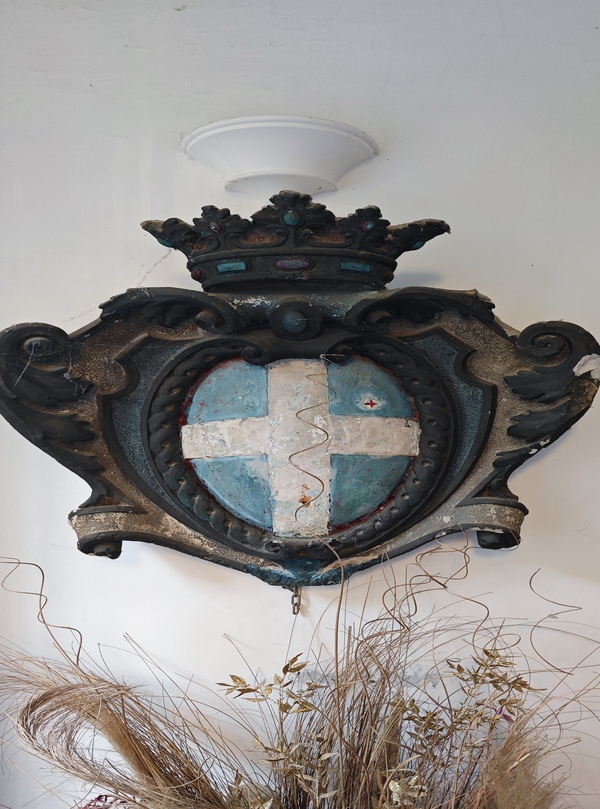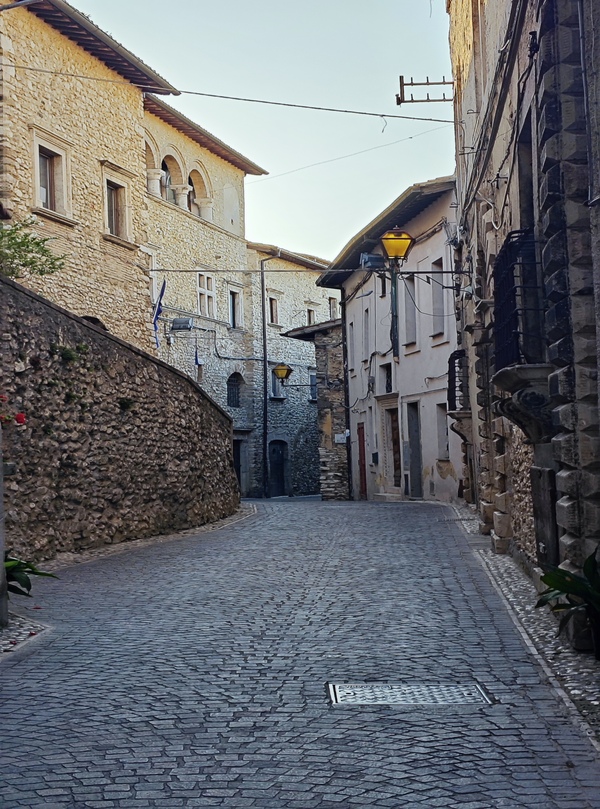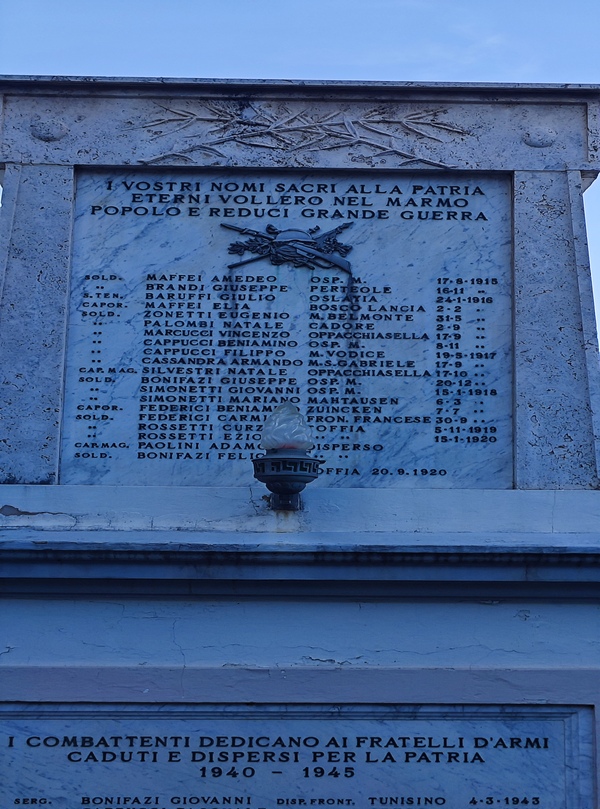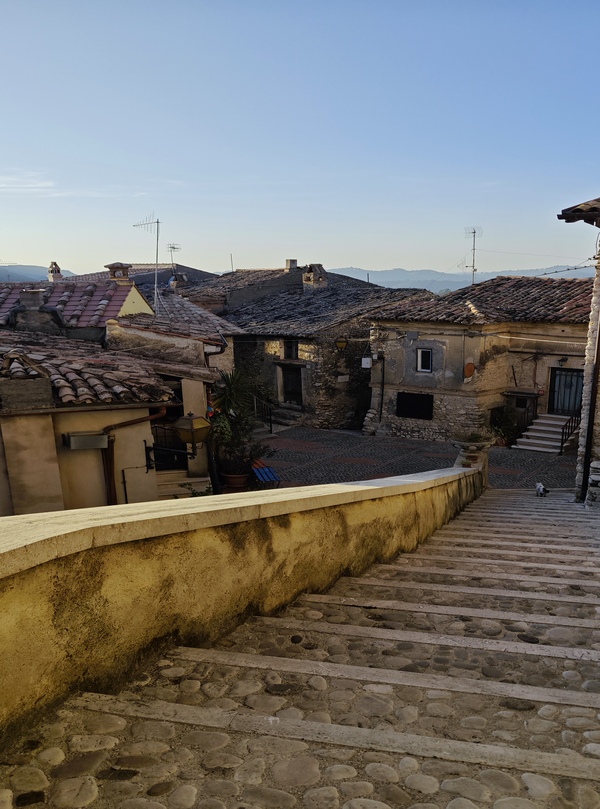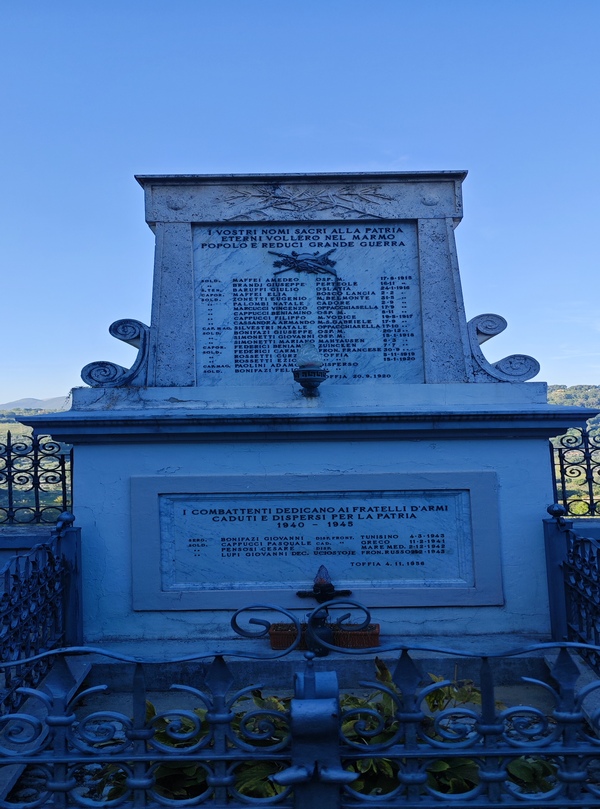
A walk among the buildings of Toffia
Toffia, a charming village located in the hills of Sabina, in the heart of Italy. This picturesque town is renowned for its rich history and fascinating architecture, particularly its ancient palaces that date back to different historical eras. In this exclusive itinerary, we invite you to explore the hidden secrets of Toffia’s ancient palaces, silent witnesses of bygone eras.
Venture into the cobblestone streets of this charming village and be transported back in time as you discover the majesty of the palaces that surround the historic center. Each palace tells a unique story, from the imposing mansions of the noble families who ruled the region, to the fascinating residences of the artists and intellectuals who helped shape the cultural fabric of Toffia.
During this itinerary, you will have the opportunity to admire Renaissance and Baroque-style architecture with ornate facades, elegant inner courtyards, and fascinating architectural details. You will travel through the ages exploring the mansions of ancient aristocratic families, discover secret rooms that hold artistic treasures, and lose yourself in the enchanted gardens that surround these historic palaces.
Accompanied by experienced local guides who are passionate about Toffia’s history, you will be immersed in the magical atmosphere of this village and have the opportunity to enjoy a unique experience, discovering the best-kept secrets of Toffia’s ancient palaces. Are you ready for a journey into the past through the doors of the palaces that have seen this fascinating community grow and change over the centuries? Welcome to Toffia, where history comes alive through the magnificent facades of its ancient palaces.
We begin our journey right from the main door, namely Major Door.
We immediately find Palazzo Ruffetti, designed – it seems – by Antonio da Sangallo the Younger, Palazzo Ruffetti (later Bufalieri) was built in Toffia by Fabrizio Ruffetti in 1596, as we are reminded by the commemorative inscription placed on the stringcourse under the windows of the first level, and completed by his son Mario. Later belonging to the Bufalieri family, the palace did not completely lose its educational vocation and in the 1950s became the seat of the Toffia Elementary Schools.
Just beyond the Toffia Library there is Palazzo Orsini built in the 15th century, and with its simple and superb lines it is a magnificent example of humanistic architecture. The palace is not the only Orsini residence present in Toffia, and this should come as no surprise when we consider that this powerful aristocratic family firmly held the Farfa Commenda from 1437 to 1543 and that it is to them that we owe the reconstruction of the present church of Farfa, consecrated in 1496 over the earlier Carolingian basilica.
Next we find Casa degli Oddoni and Casa Locchi attached to each other but from two different historical eras.
At the beginning of Via Montecavallo in Toffia, on the right as one ascends toward the Church of S. Maria Nova, one encounters the eighteenth-centuryPalace Palica – later Castellani Brancaleoni, and now owned by various owners – which kicks off a more noble area of the town, so to speak.
On Montecavallo Street, there is the seventeenth-century Palazzo Palma, which, on the elevation overlooking the valley, has a characteristic loggia, set between what must have been two of the watchtowers of the ancient walls. On the lintel of the beautiful travertine portal, two doves with olive palms in their beaks appear.
The Palazzo Castellani Grio like the Palazzo Orsini on Via Porta Maggiore , this building was also built by the Orsini family in the 15th century, during the period when they held the Commenda Farfense firmly in their hands (1437 – 1543) and is two stories plus a basement.
Almost attached to the Castellani palace we find the Monsignor Fido’s House Now belonging to many owners, the 16th-century Monsignor Fido’s House in Toffia was probably also home to high prelates connected to the bishopric of Toffia.
We conclude our itinerary through this magnificent hamlet with Palazzo Castellani and Palazzo Gabrielli , where in the former in 1878, archaeologist Fiorelli “by courtesy of Messrs. Mariano and Gaspare Castellani was able to examine a fragment of a tombstone, lying in one of their underground rooms. Although very corroded and partly illegible, because it was used as a door threshold.
Palazzo Gabrielli, according to tradition, was the residence of Sabine bishops

